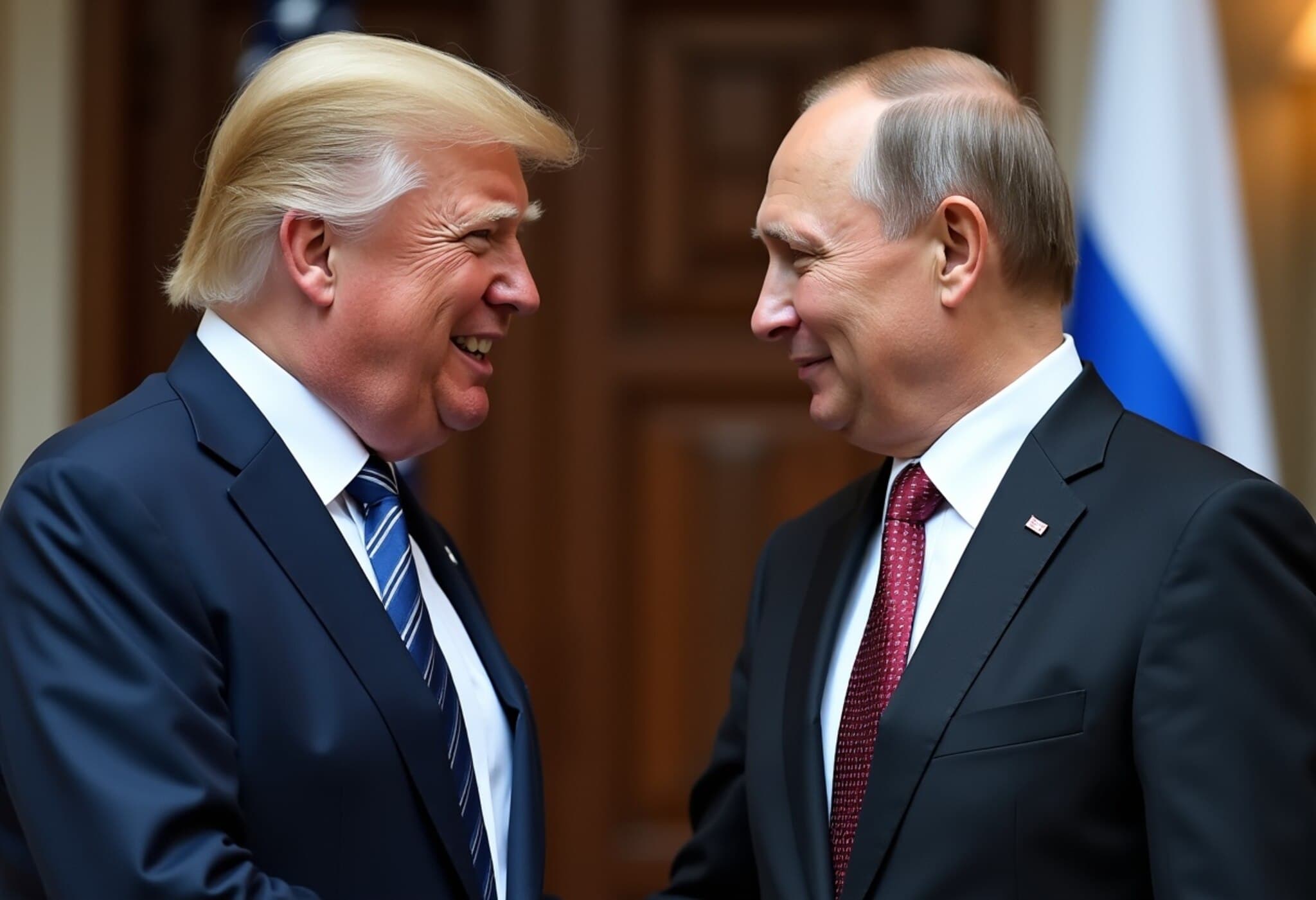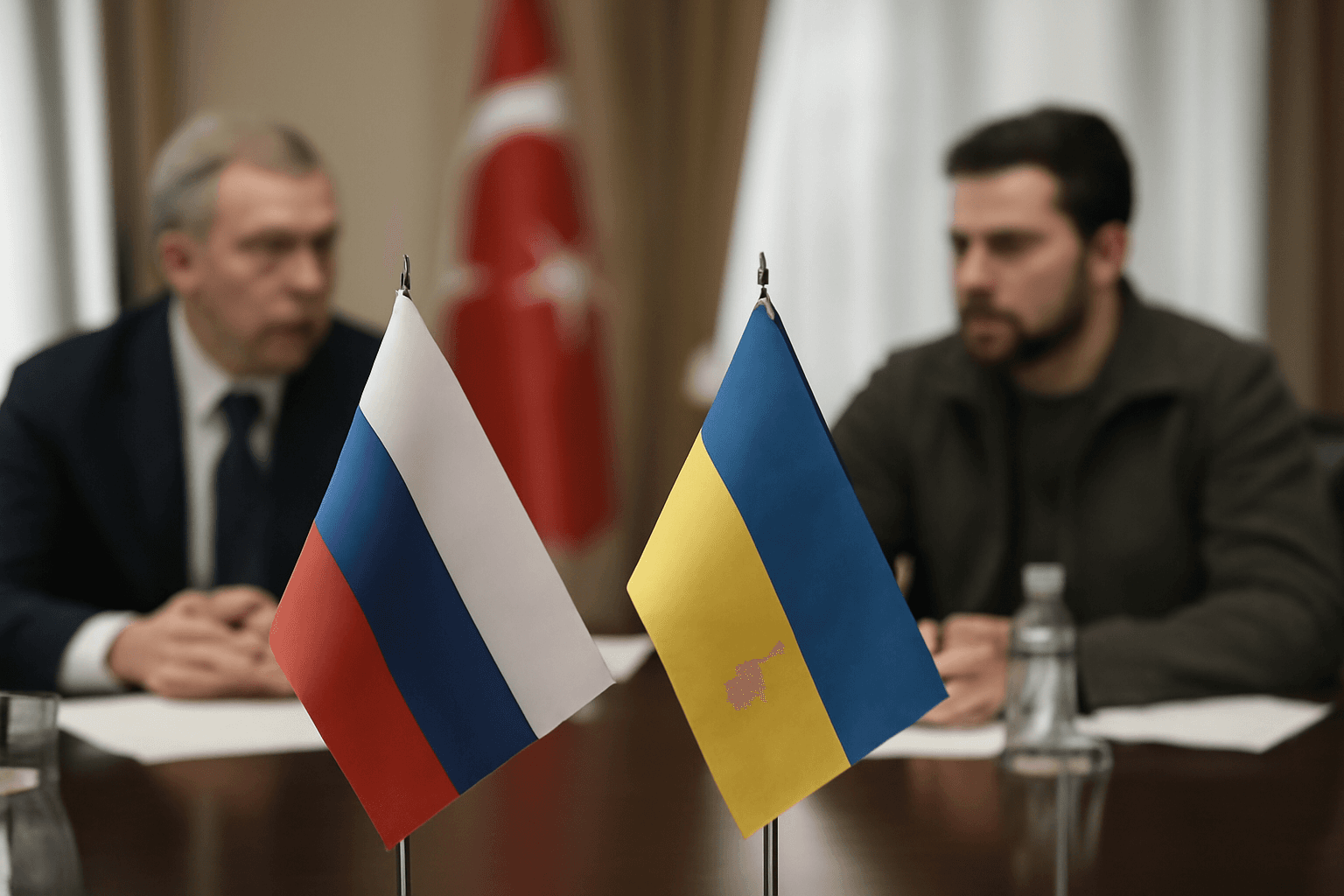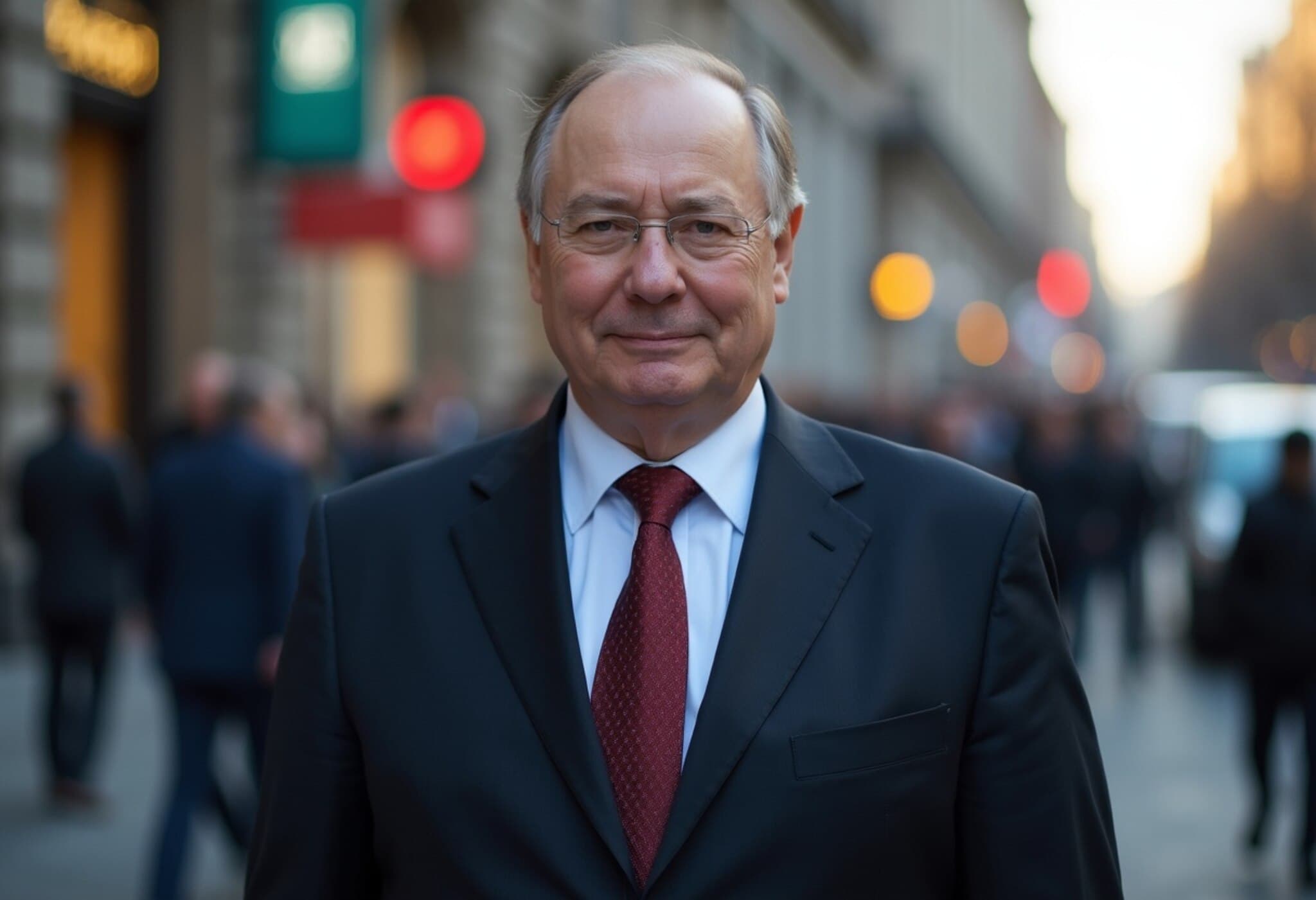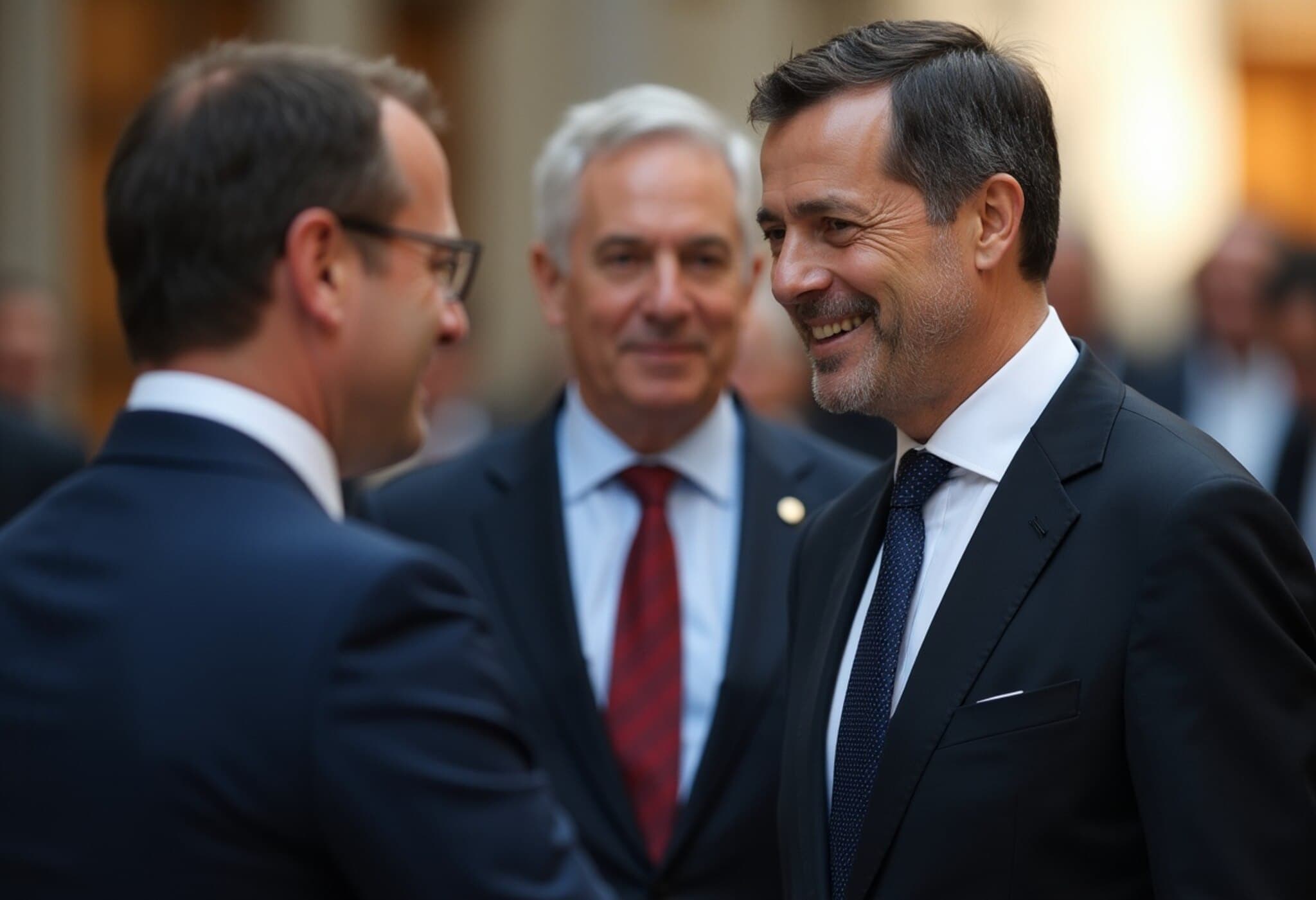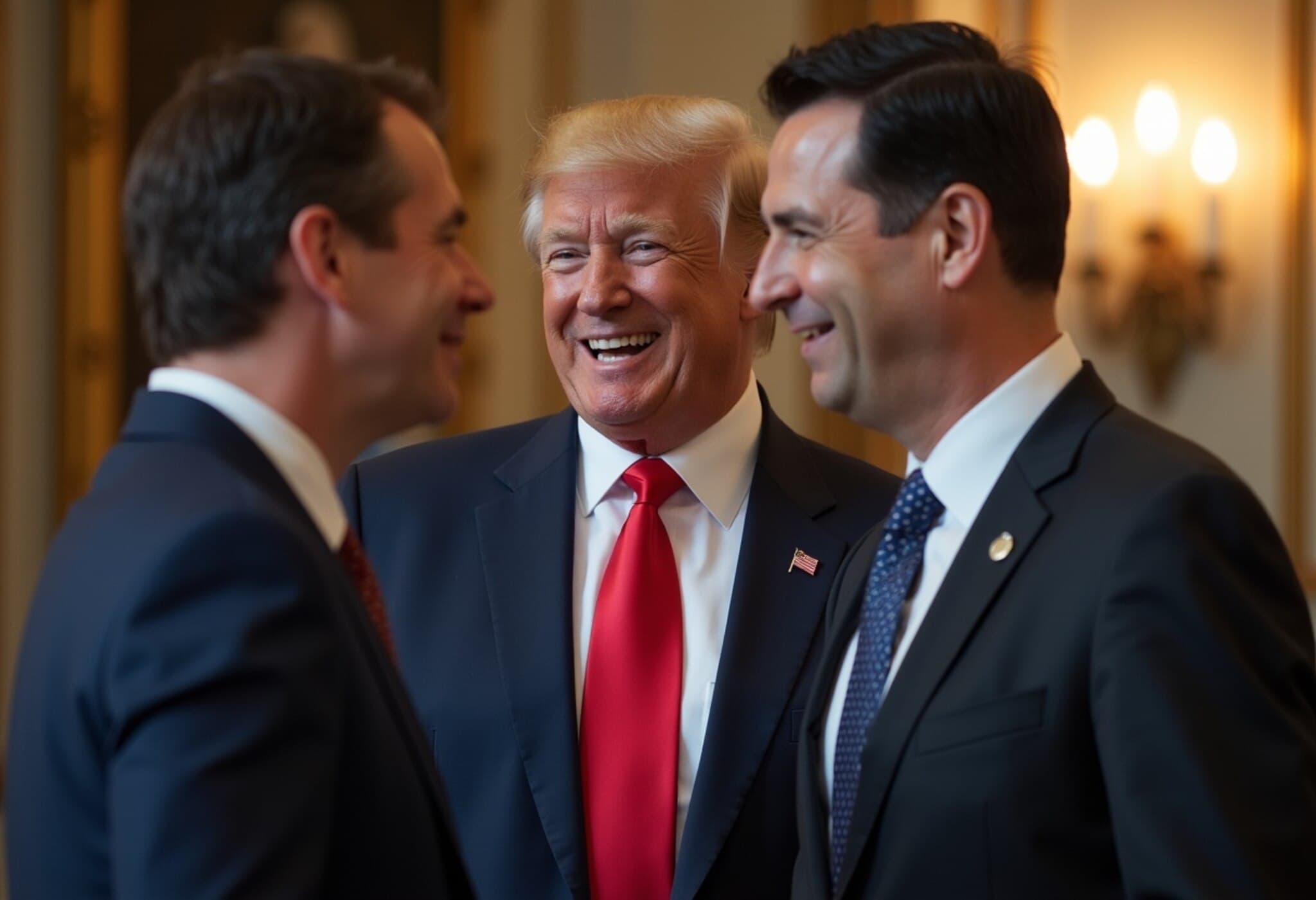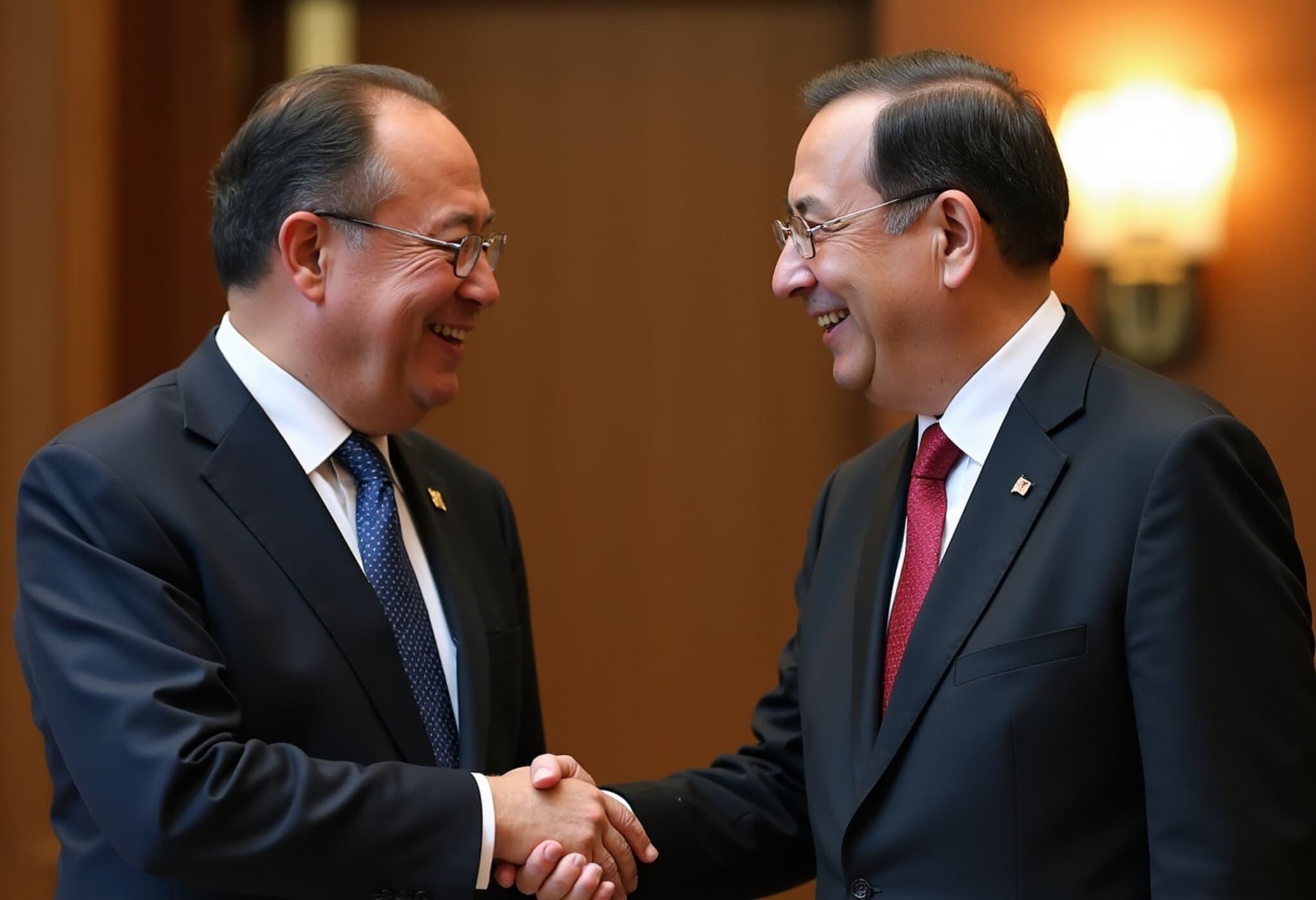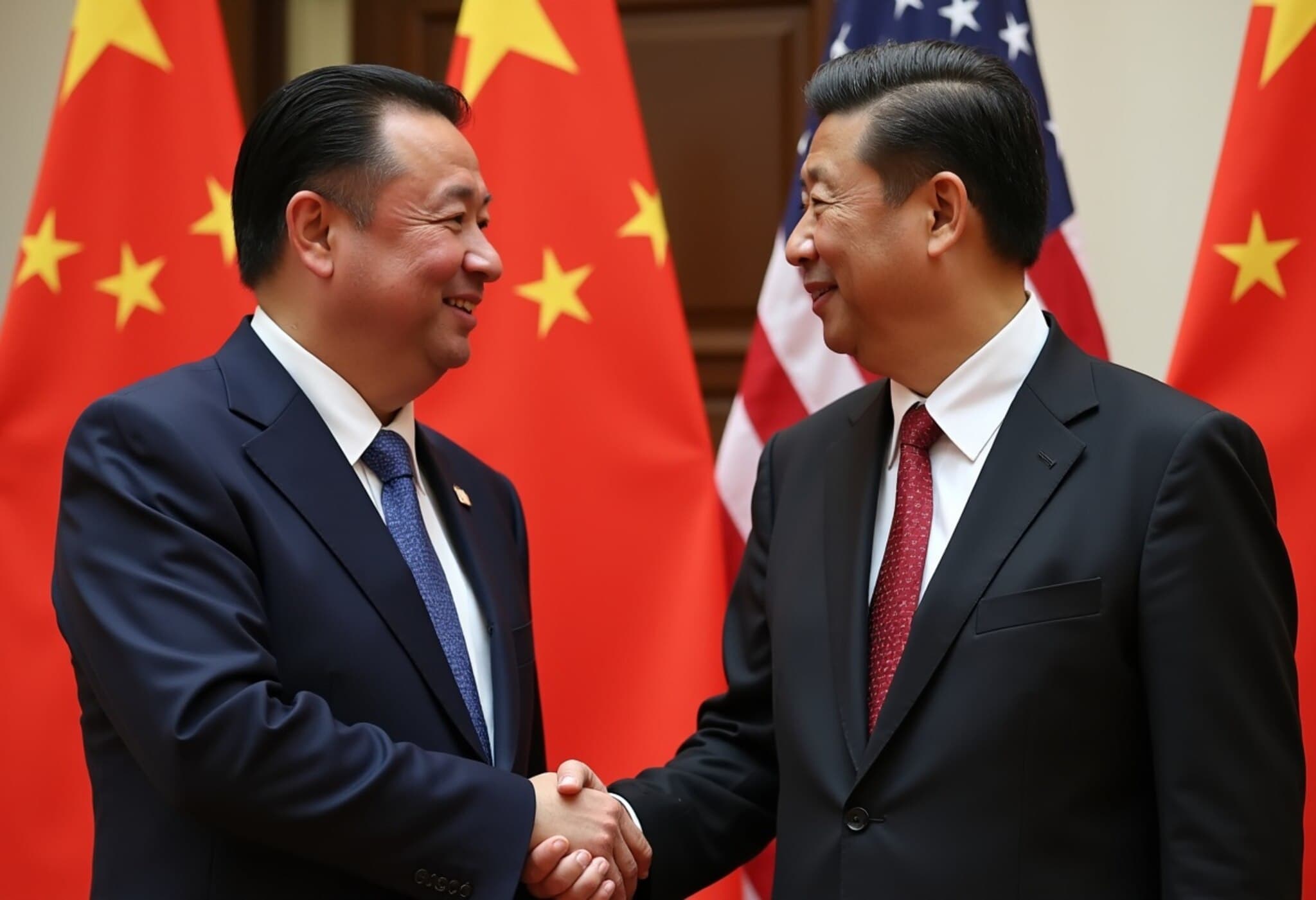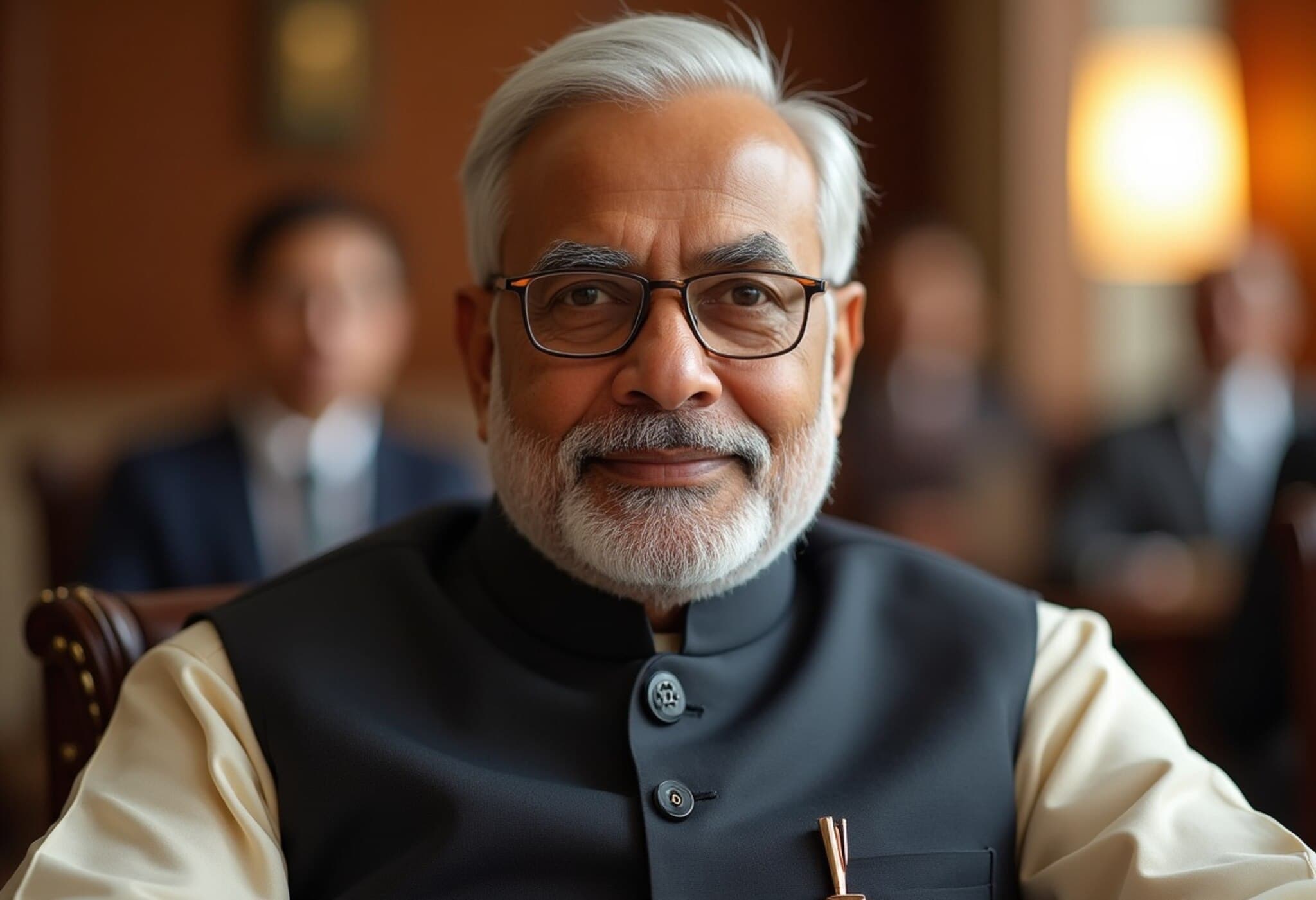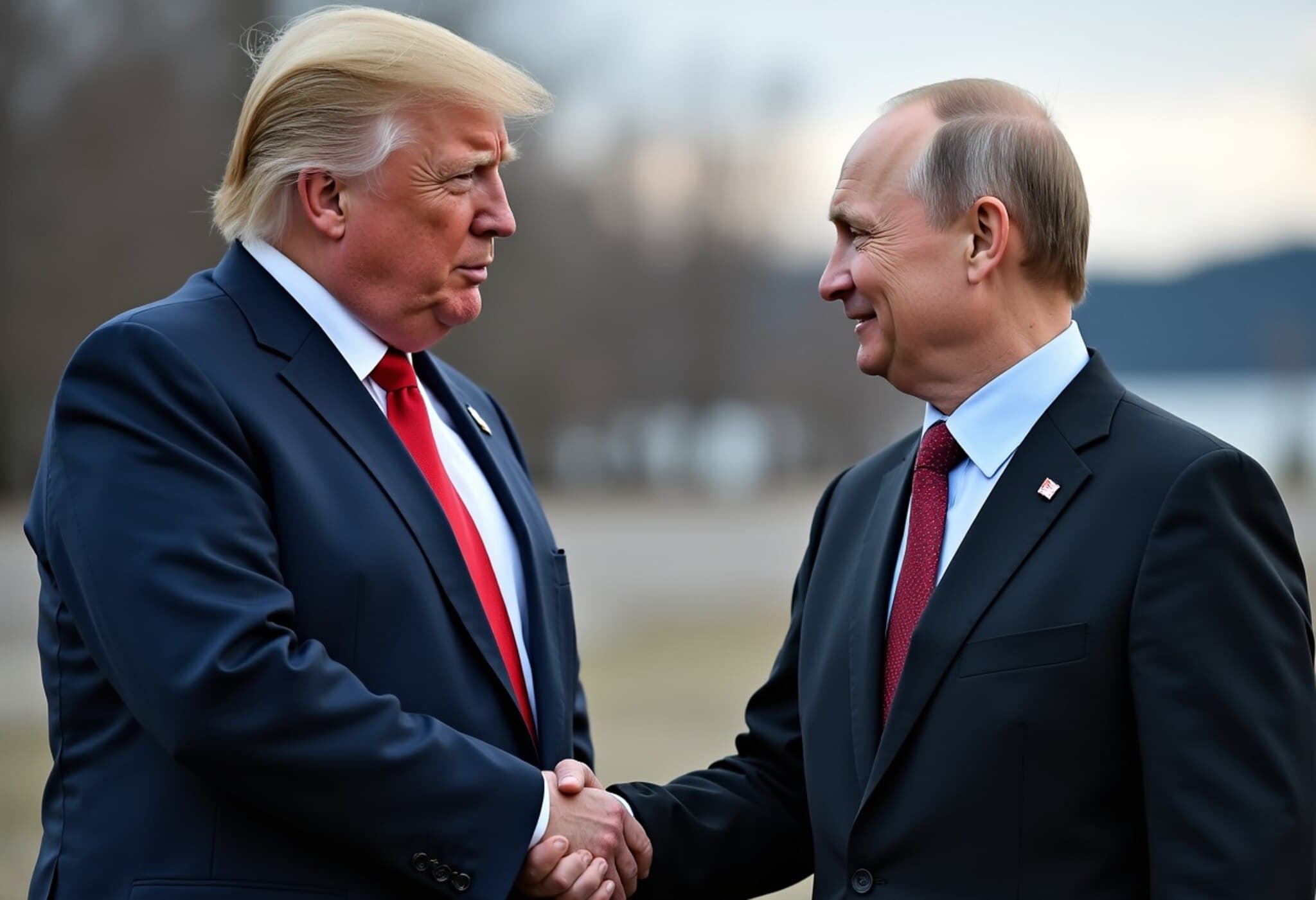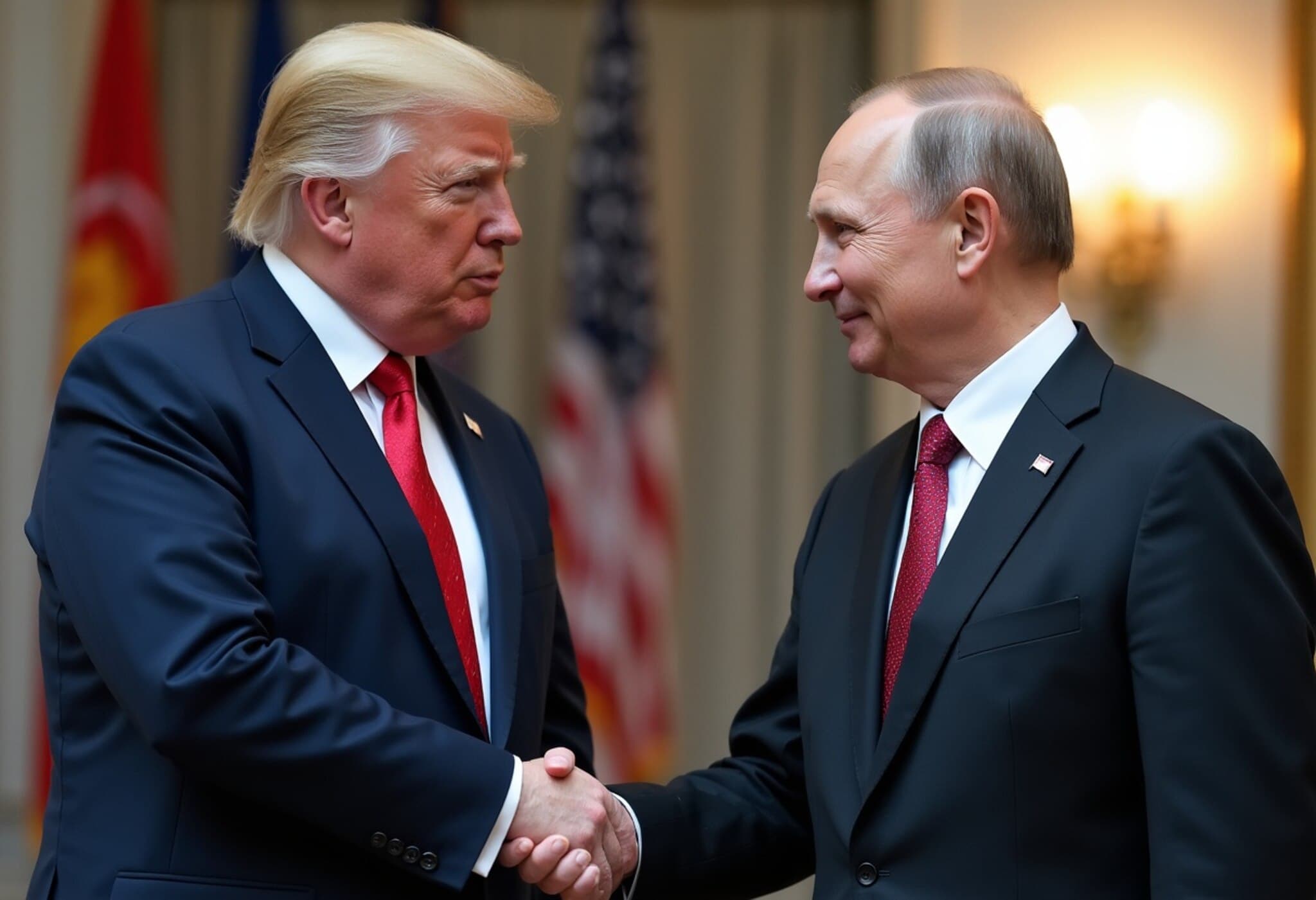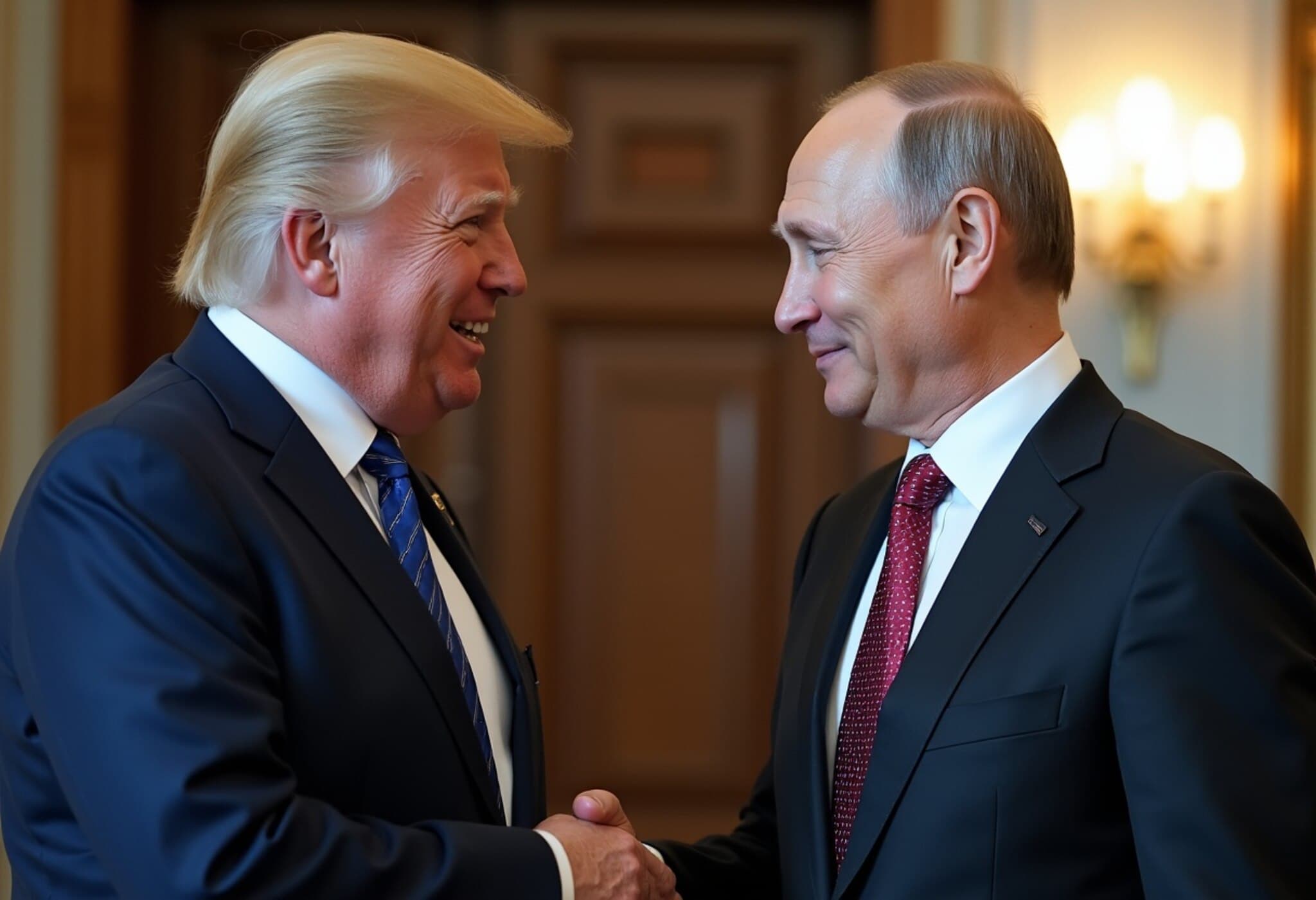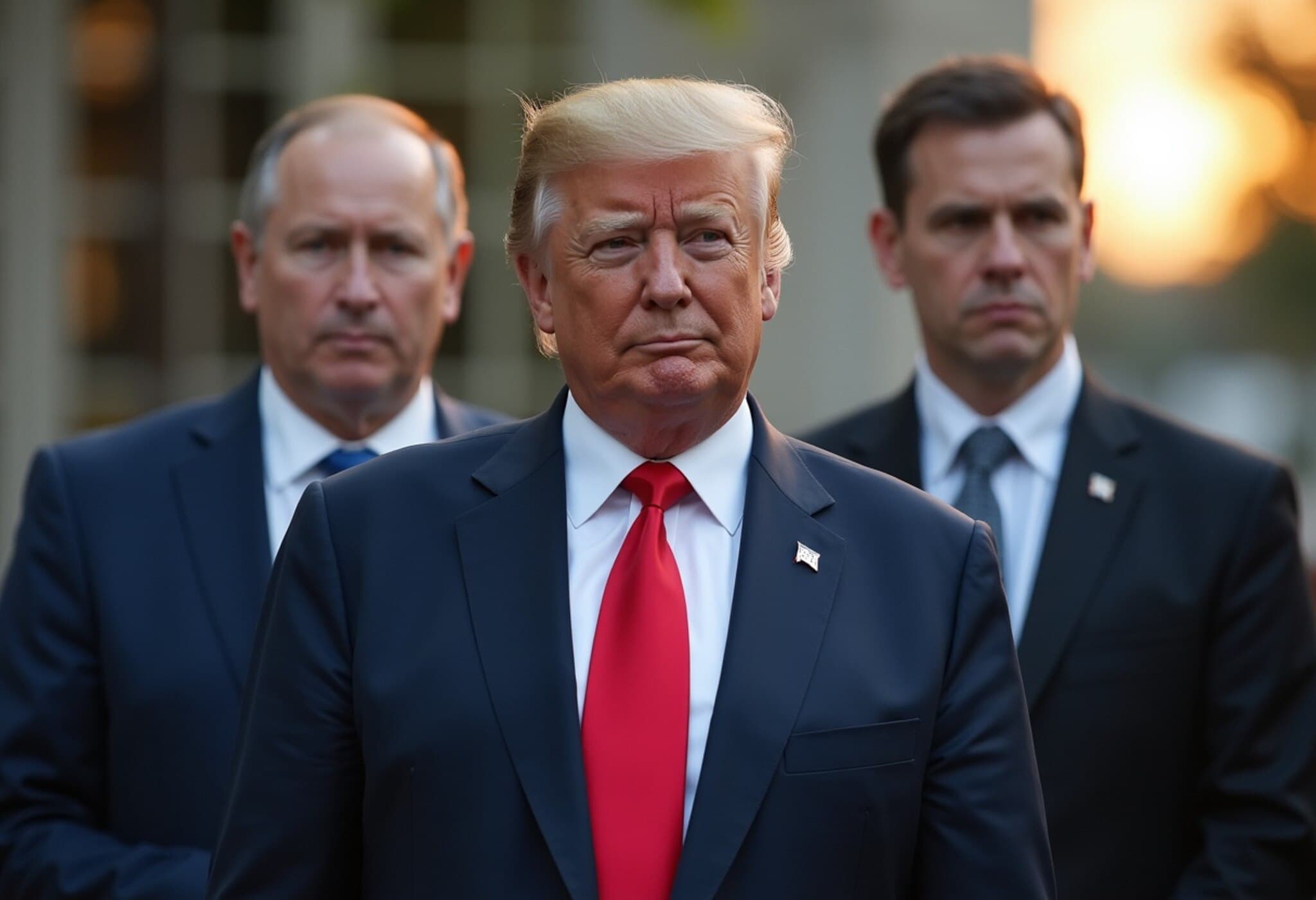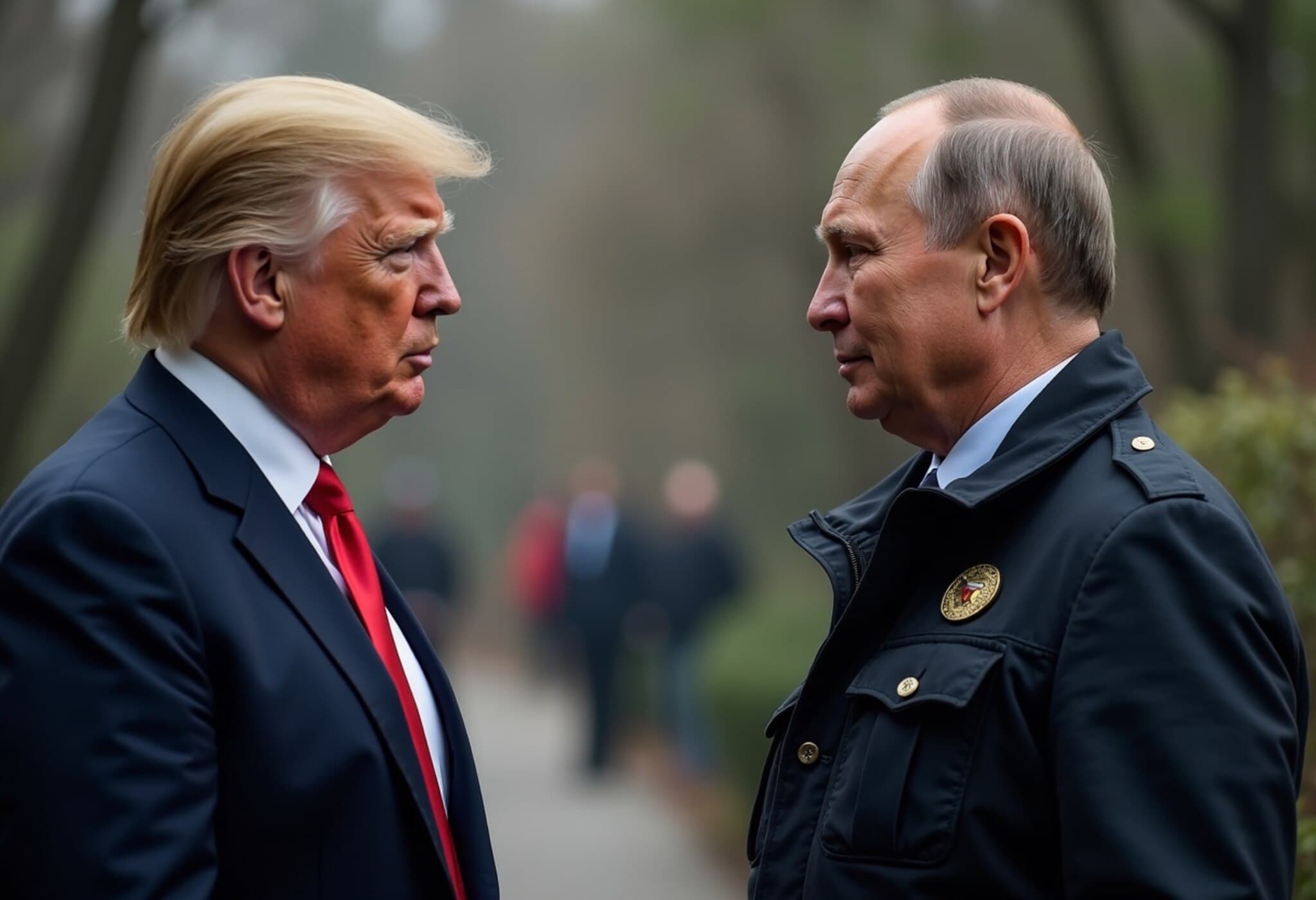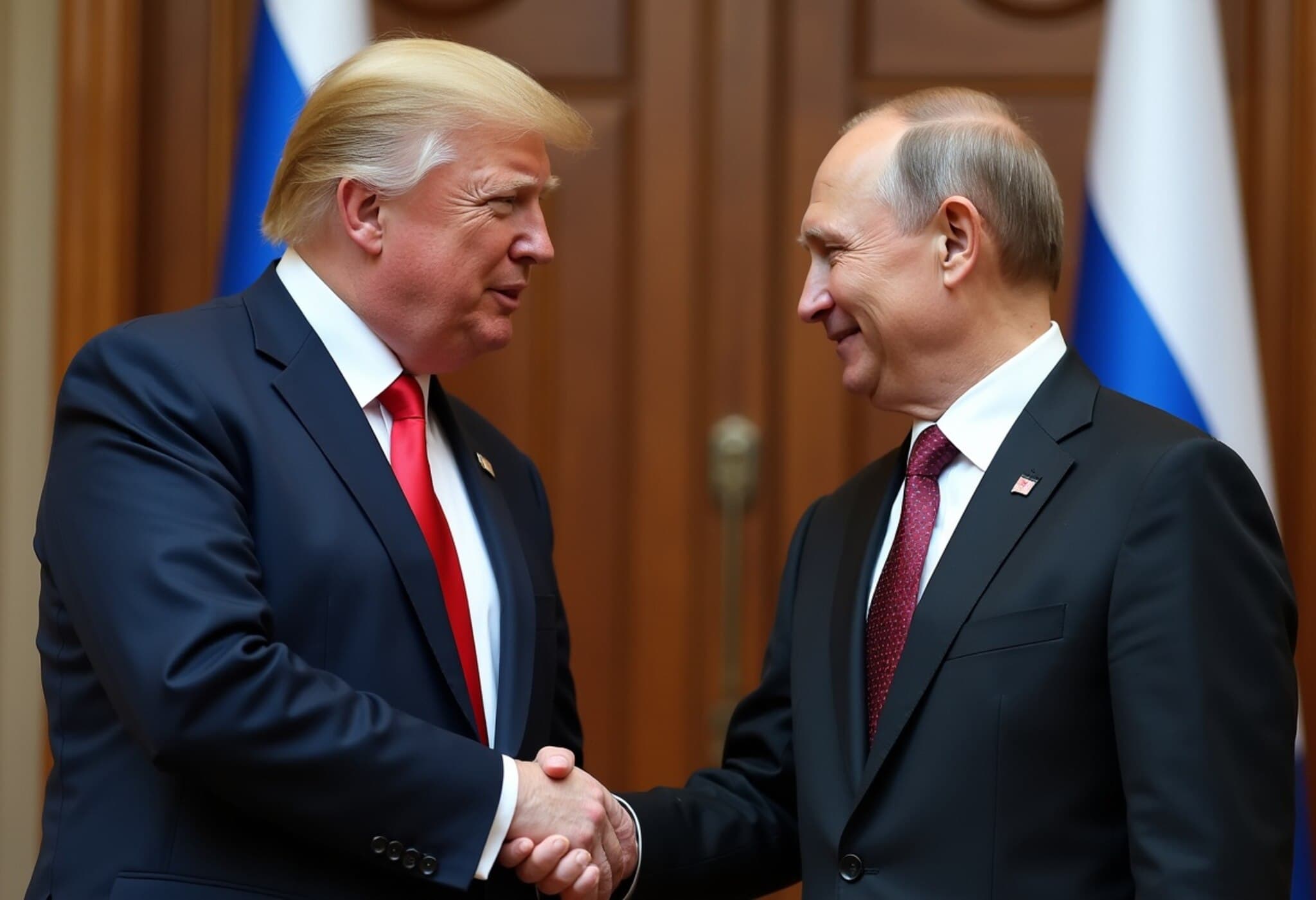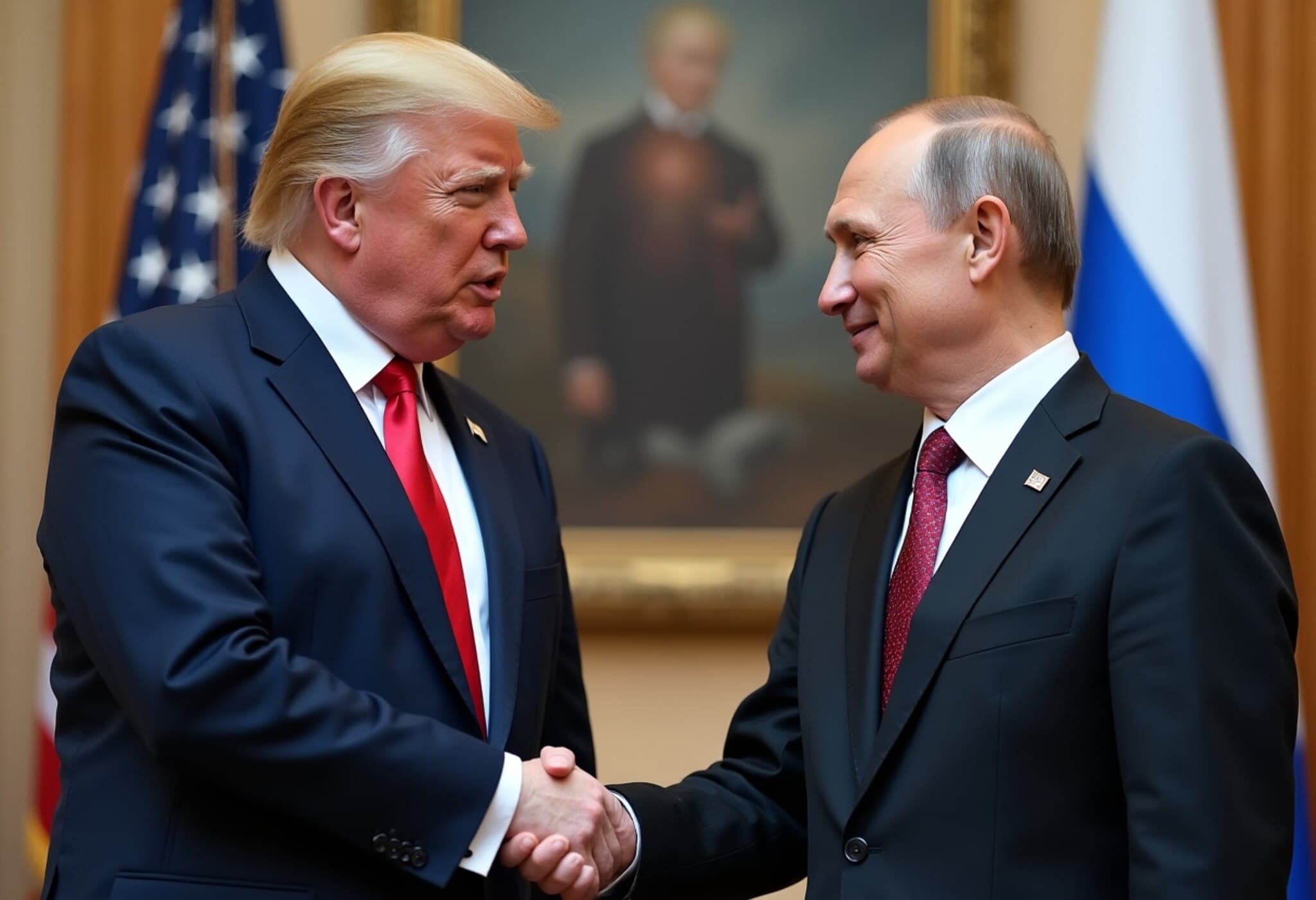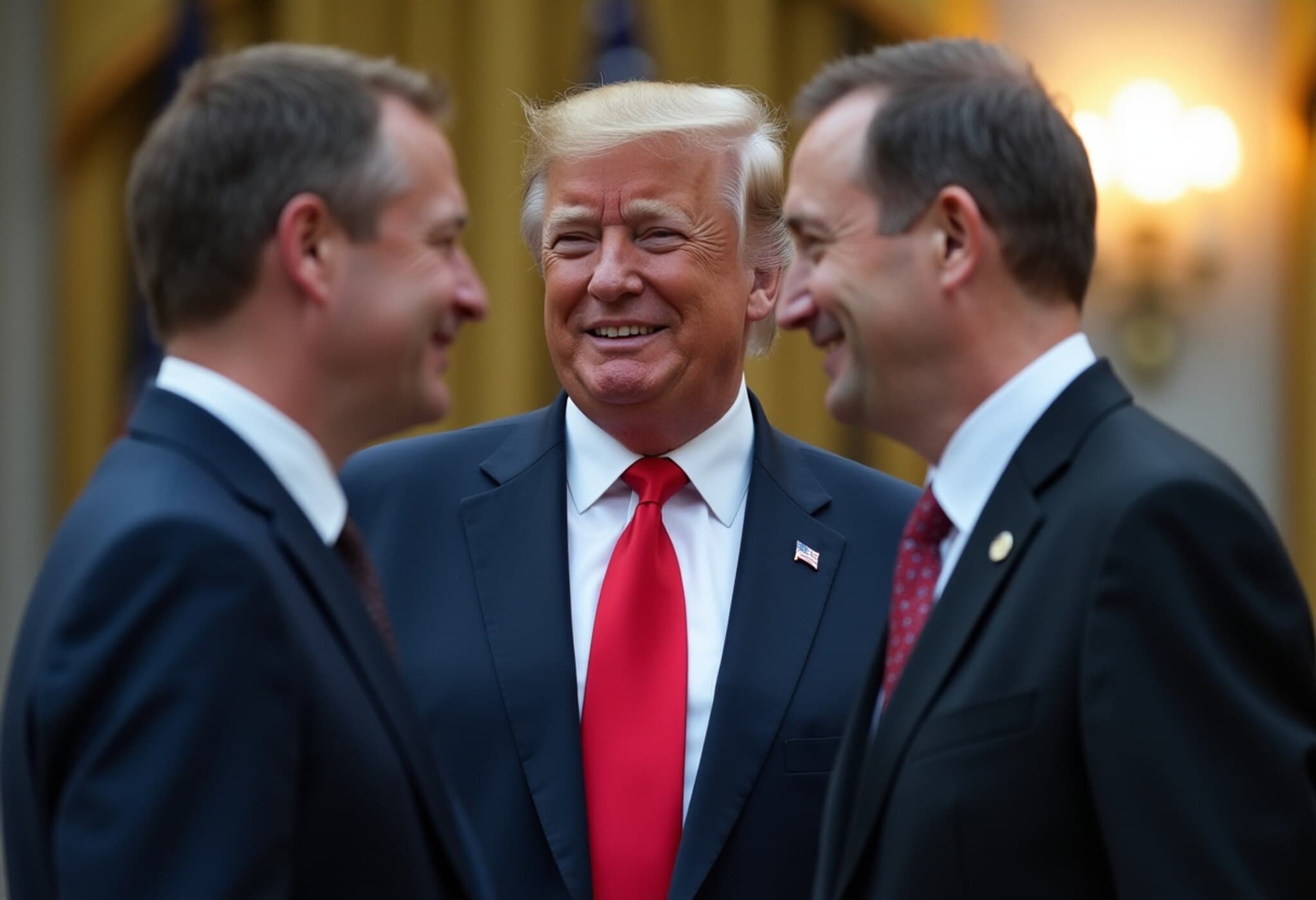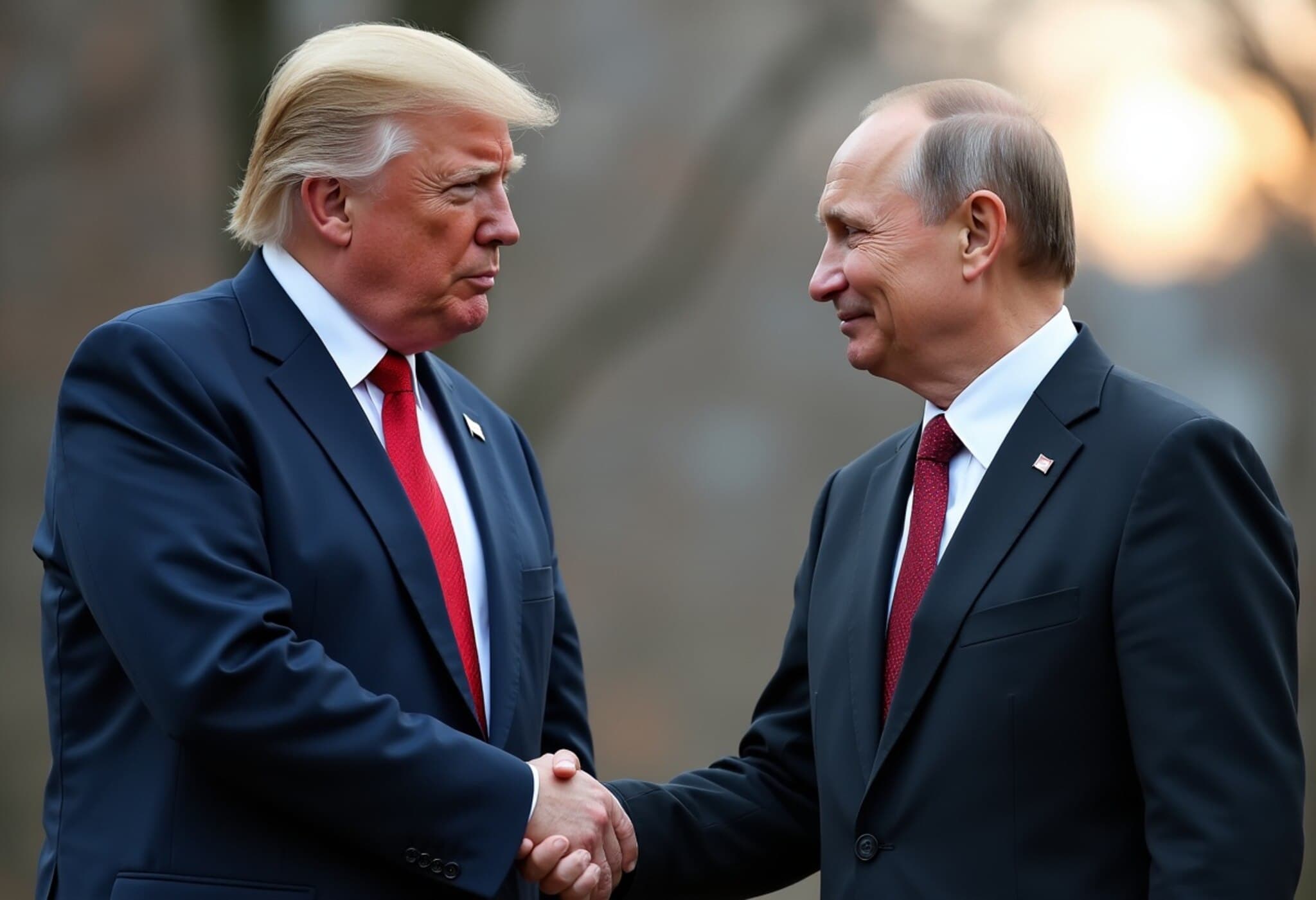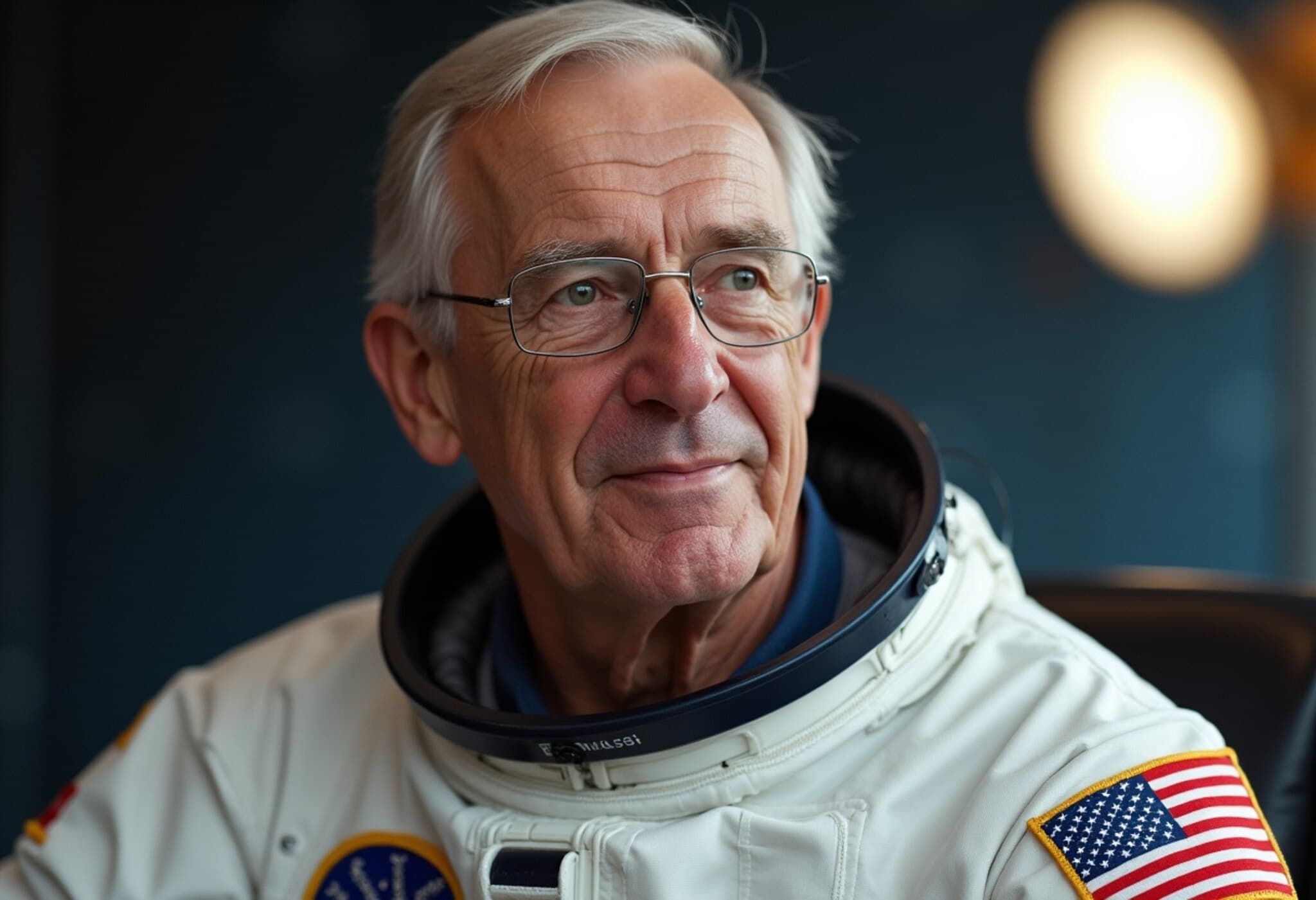Trump and Putin to Meet in Alaska Amid Ongoing Ukraine Conflict
In a significant diplomatic development, former U.S. President Donald Trump announced a meeting with Russian President Vladimir Putin scheduled for August 15, 2025, in Alaska. The summit, marking Putin's first visit to the United States in ten years, aims to explore pathways toward ending the devastating war in Ukraine.
Breaking a Decade-Long Silence
Putin’s last trip to U.S. soil was in September 2015 during a meeting with then-President Barack Obama at the UN General Assembly in New York. This renewed direct dialogue underscores a potential reset in engagement between the two global powers, amid one of the most severe geopolitical crises of the 21st century.
Trump’s Optimistic Yet Cautious Approach
Turning to his social media platform Truth Social, Trump stated, “The highly anticipated meeting between myself, as President of the United States of America, and President Vladimir Putin of Russia will take place next Friday, August 15, 2025, in the Great State of Alaska. Further details to follow.” The former president expressed cautious optimism, noting, “we have a shot” at mediating peace despite previous unsuccessful negotiations between Moscow and Kyiv.
Previous Diplomatic Efforts and Obstacles
Before this meeting was announced, U.S. envoy Steve Witkoff traveled to Moscow to discuss potential talks. A proposal for a trilateral meeting involving Ukrainian President Volodymyr Zelensky was presented but ignored by Russian officials, who have refrained from commenting on the offer. The stalemate highlights the deep mistrust and entrenched positions that continue to frustrate international efforts at conflict resolution.
The Human and Geopolitical Toll
Since Russia’s invasion of Ukraine began in February 2022, the conflict has resulted in tens of thousands of deaths and displaced millions across Eastern Europe. Despite persistent calls from the U.S., European allies, and Ukraine itself for a ceasefire, Russia remains steadfast in its military campaign, prolonging the war and its dire humanitarian consequences.
Expert Commentary and Regional Implications
Analysts suggest the timing and choice of Alaska—a state geographically and symbolically distant from traditional diplomatic centers—reflects both logistical considerations and a desire to reset a more personal, high-stakes dialogue. The meeting could signal a shift toward unconventional diplomatic channels, or conversely, risk further diplomatic complexity if perceptions of legitimacy and authority are contested.
From a U.S. policy perspective, this summit raises critical questions about the role of former presidents engaging in foreign policy, the sustainability of peace efforts outside established governmental frameworks, and how such talks may influence ongoing legislative and executive actions related to Ukraine aid and sanctions on Russia.
Looking Ahead: What to Watch
- The specificity of agenda items discussed and any potential preconditions set by either side.
- Whether Ukrainian leadership is integrated meaningfully into the process following earlier sidelining.
- The response of NATO and European Union members to any breakthroughs or setbacks.
- Impact on U.S. domestic politics, especially regarding bipartisan consensus on foreign policy toward Russia and Ukraine.
Editor's Note
This upcoming Trump-Putin summit bears the weight of immense expectations and considerable skepticism. While the promise of new dialogue can inspire hope for an end to a brutal conflict, history reminds us of the fragility of such diplomatic endeavors without inclusive, on-the-ground realities shaping outcomes. As this high-profile encounter unfolds, keeping a vigilant eye on transparency, inclusivity, and adherence to international norms will be crucial to assess whether this meeting marks a turning point or another missed opportunity in the quest for peace.

